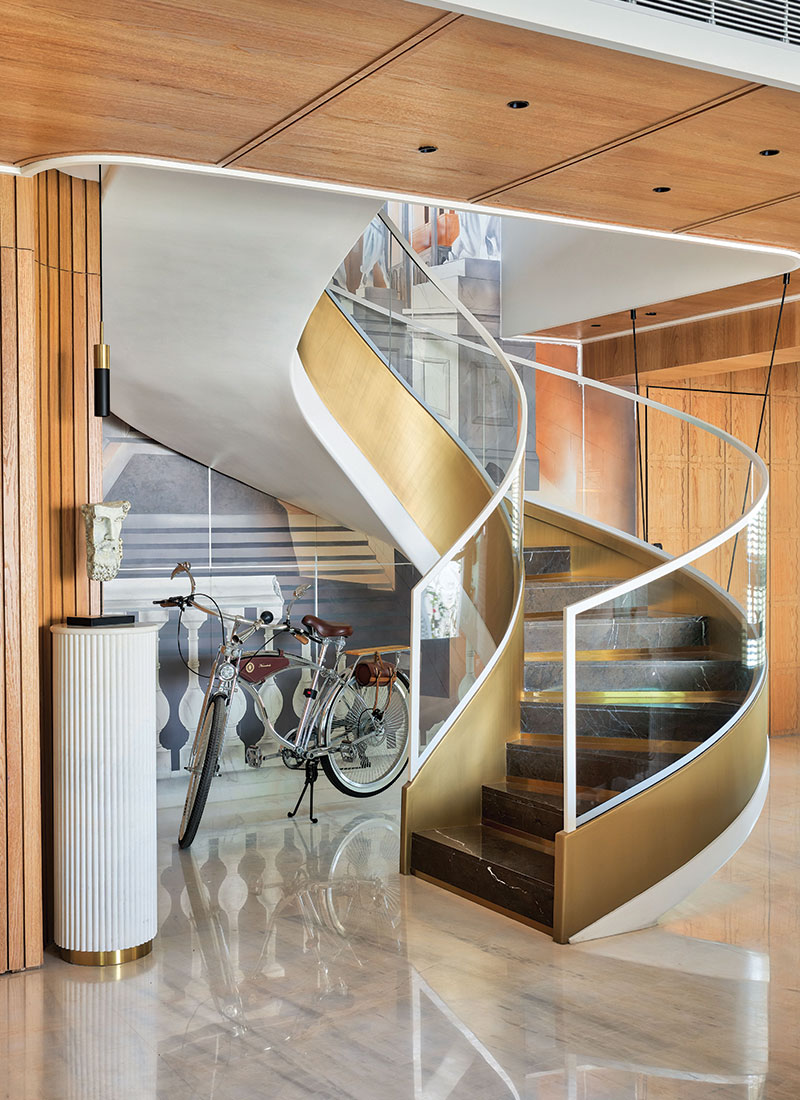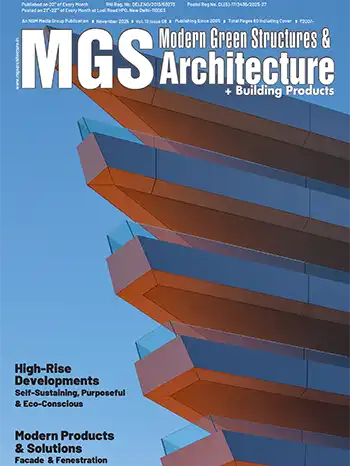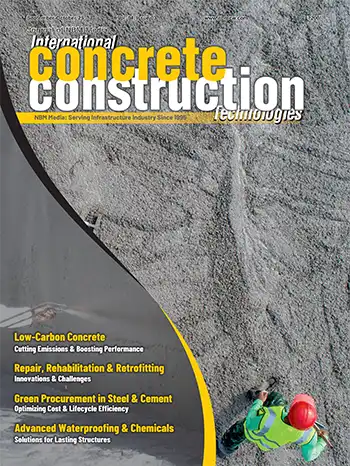In essence, 2025’s design trends are about reconnecting with nature, creating spaces that are not just visually appealing but also emotionally and ethically grounded, and are sanctuaries for mindful living. It’s time to create digital detox spaces.
Gaurav Kharkar & Vidhita Parekh Kharkar

Dedicated corners for relaxation or meditation to be designed with layered and tactile elements like clay sculptures, soft moss walls, shrubs and plants. Pebble winding paths are an invitation to reconnect with the grounding energy of nature. These spaces encourage minimizing the overuse of digitalization, helping to counter the distractions and lethargy it often brings, and instead reconnecting with our core values and surroundings.
Stone and earthy textures would be celebrated for their raw and unpolished finishes. Stones like the Indian Kota, limestone, travertine, and rough granites have started making a comeback. Salvaged wood, repurposed metals, and upcycled ceramics will transform spaces. Fabrics like handwoven linens, organic cotton, and Khadi — a symbol of slow craftsmanship that add layers of texture and warmth. The emphasis will be on locally sourced, minimally processed materials.
















